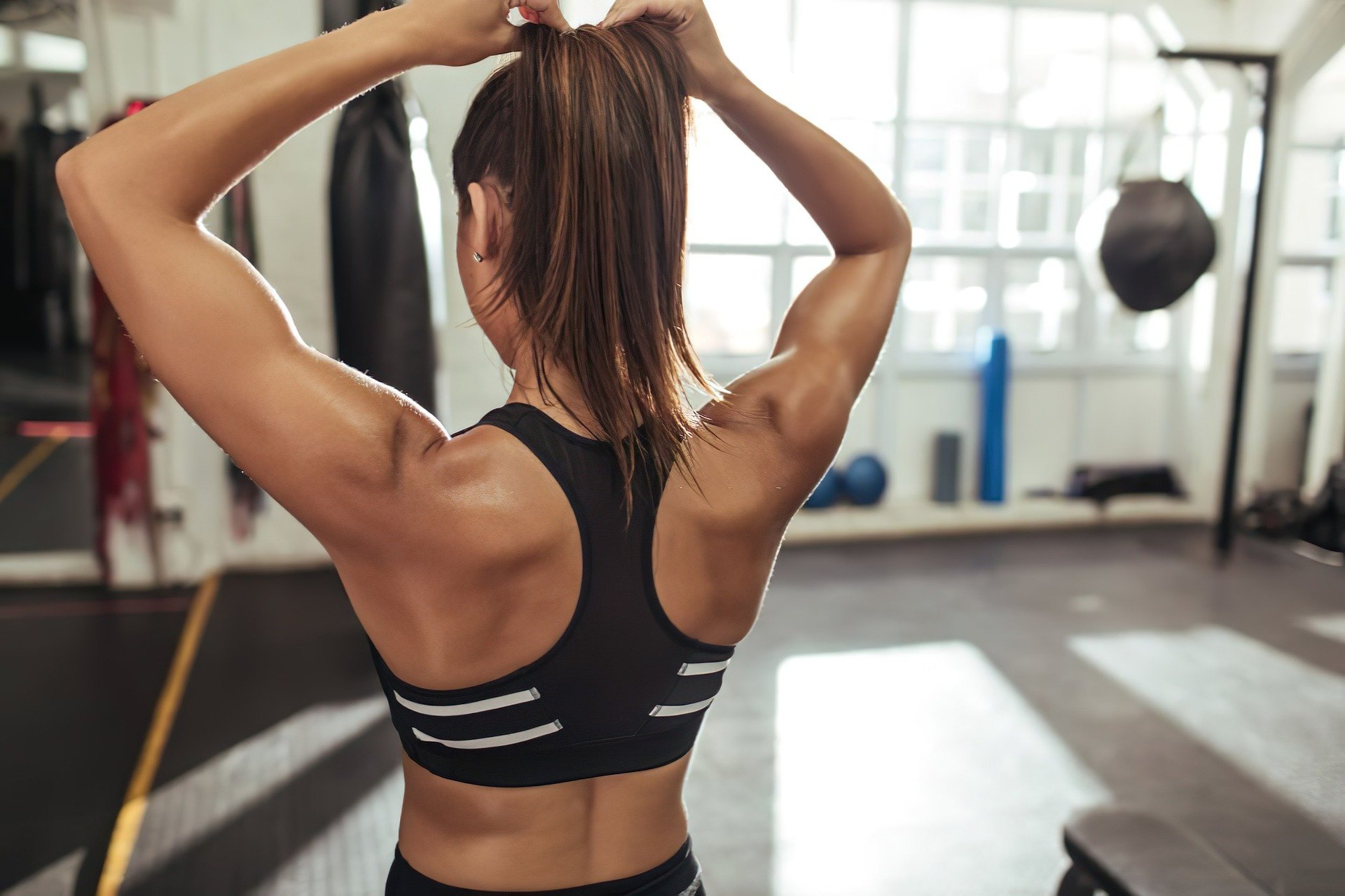Yoga is a powerful practice for managing stress and anxiety. By incorporating specific yoga poses, individuals can achieve deeper relaxation and mental clarity. This article highlights a 10-minute yoga routine that targets stress and anxiety, with a focus on deeply stretching the hips.
Supine Butterfly Pose
The Supine Butterfly Pose is a gentle stretch that opens the hips and promotes relaxation. Begin by laying on your back with big toes touching and knees falling open. Allow the bottoms of the feet to touch naturally. For added support, place pillows underneath the knees.
Rest your entire torso and head over a pillow for added height if it feels comfortable. With hands resting at your sides and palms facing up, begin to draw the breath into the belly. Exhale, softening the mid-back and lower back. Allow the knees to be heavier, softening the ankles, feet, and toes. Take a moment to observe your body and breath.
Supine Twist
The Supine Twist helps release tension across the body. Start by straightening your right leg and hugging the left knee towards the chest. Take a moment here, then gently draw the left knee over towards the right side. For less twist, you can place a pillow underneath the left knee and shoulder.
Utilize your inhales to create space and exhales to release tension in the upper and lower body, including the ankles and feet. Once done, switch sides by straightening the left leg and hugging the right knee towards the chest. Cross the right knee over towards the left and continue to breathe deeply.
Happy Baby Pose
The Happy Baby Pose is excellent for the lower back. After completing the Supine Twist, hug both knees towards the chest and grab the outer edges of the feet. Allow the bottoms of the feet to touch or open them for the Happy Baby Pose.
Rock side to side gently to get into the lower back, and give yourself a big hug and some love. This pose encourages relaxation and releases any remaining tension.
Shavasana (Corpse Pose)
Shavasana is essential for ending a yoga session. Lay on your back with feet at the bottom of the mat and hands at your sides. Allow your palms to face up as you focus on relaxing every body part, from the crown of the head to the feet.
Soften the forehead, jaw, back of the neck, and shoulders. Draw breath into the chest, expanding the ribs, and allowing the arms to be heavy. As you exhale, soften the mid-back and lower back, creating a deeper connection with the mat. Relax your hips, glutes, and knees, letting your feet splay out naturally.
Use this moment to soak in the practice’s benefits and give yourself gratitude for dedicating time to self-care and self-love. Rest here for a few moments to fully integrate the practice.
Finally, gently wake up the body by wiggling fingers and toes, rocking the head side to side, and bending the knees. Roll over to your right side, take a full inhale and exhale, and come to a comfortable seated position. Inhale your hands up overhead and bring them to heart center, embracing the calm and relaxation you’ve achieved.



